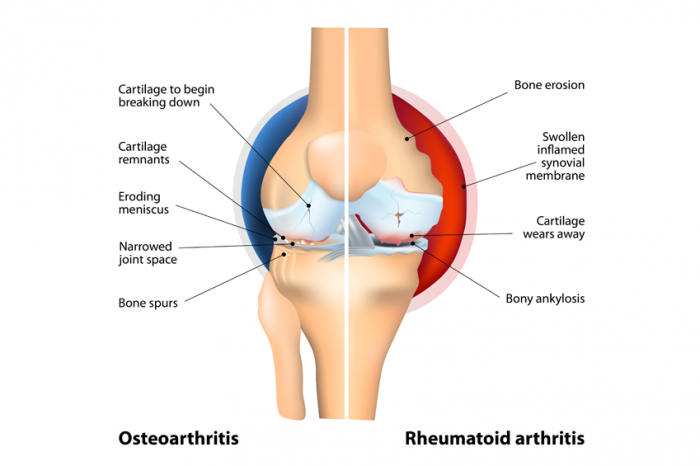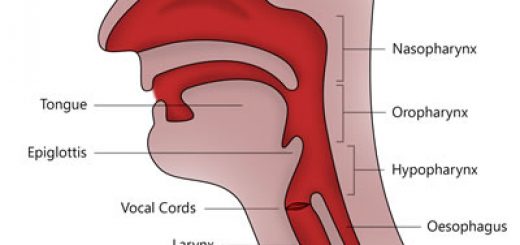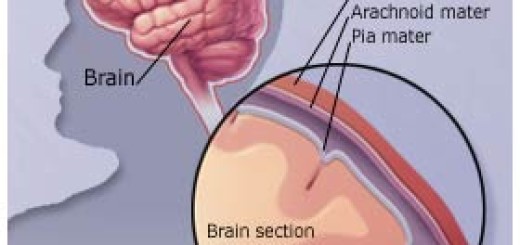What is the difference between Rheumatoid and Osteoarthritis?
Arthritis is a common medical condition affecting the joints. The two major subtypes of arthritis are rheumatoid arthritis (RA) and osteoarthritis (OA). So what is the difference between them?
The term ‘Arthritis’ means disease of or damage to the joints while ‘Rheumatism’ is a more general term used to describe any pain in or around bones, muscles and joints.
Rheumatoid arthritis and osteoarthritis are quite different diseases. Whereas osteoarthritis rarely occurs before the age of 40, many people develop rheumatoid arthritis in their 20s or 30s.
Inflammatory arthritis occur when the the joint lining (synovium) becomes inflamed. This can damage the surface of the joint and the underlying bone itself. Usually many joints are affected.
Rheumatoid arthritis is an example, but there are many other forms of inflammatory arthritis, including:
- gout and pseudogout
- reactive arthritis
- arthritis associated with colitis or psoriasis
- ankylosing spondylitis
- polymyalgia rheumatica (PMR)
In Rheumatoid arthritis inflammation takes place within the synovium, resulting in a painful and swollen joint because of a build up of synovial fluid. The joint hurts for two reasons: nerve endings are irritated by the chemicals produced by the inflammation and the joint capsule is stretched by the swelling in the joint.
Osteoarthritis
This is a common condition where the cartilage becomes thinner and damaged and extra bone forms at the edges of the joint. It can result from abnormal stress on the joints, or from many different forms of injury or joint disease. However, many cases develop without any obvious reason.
Usually only a few joints are involved. The hips, knees and hands are most likely to be affected, but osteoarthritis can occur in any joint.
Osteoarthritis is a slow process that develops over many years. In most cases there are only small changes that affect only part of the joint. Sometimes, though, osteoarthritis can be more severe and extensive.
In severe osteoarthritis, the cartilage can become so thin that it no longer covers the thickened bone ends. The bone ends touch and start to wear away. The loss of cartilage, the wearing of bone, and the bony overgrowth at the edges can change the shape of the joint. This forces the bones out of their normal position and causes deformity.






